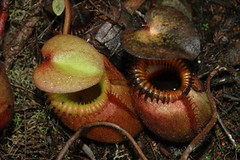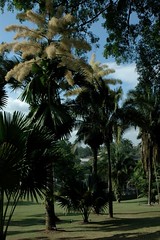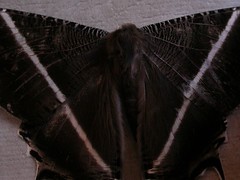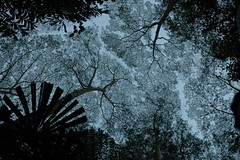The Giving Tree
I like this piece by Silverstein.
THE GIVING TREE
Once there was a giving tree who loved a little boy.
And everyday the boy would come to play
Swinging from the branches, sleeping in the shade
Laughing all the summer’s hours away.
And so they love,
Oh, the tree was happy.
Oh, the tree was glad.
But soon the boy grew older and one day he came and said,
"Can you give me some money, tree, to buy something I’ve found?"
"I have no money," said the tree, "Just apples, twigs and leaves."
"But you can take my apples, boy, and sell them in the town."
And so he did and
Oh, the tree was happy.
Oh, the tree was glad.
But soon again the boy came back and he said to the tree,
"I’m now a man and I must have a house that’s all my home."
"I can’t give you a house" he said, "The forest is my house."
"But you may cut my branches off and build yourself a home"
And so he did.
Oh, the tree was happy.
Oh, the tree was glad.
And time went by and the boy came back with sadness in his eyes.
"My life has turned so cold," he says, "and I need sunny days."
"I’ve nothing but my trunk," he says, "But you can cut it down
And build yourself a boat and sail away."
And so he did and
Oh, the tree was happy.
Oh, the tree was glad.
And after years the boy came back, both of them were old.
"I really cannot help you if you ask for another gift."
"I’m nothing but an old stump now. I’m sorry but I’ve nothing more to give"
"I do not need very much now, just a quiet place to rest,"
The boy, he whispered, with a weary smile.
"Well", said the tree, "An old stump is still good for that."
"Come, boy", he said, "Sit down, sit down and rest a while."
And so he did and
Oh, the tree was happy.
Oh, the tree was glad.







